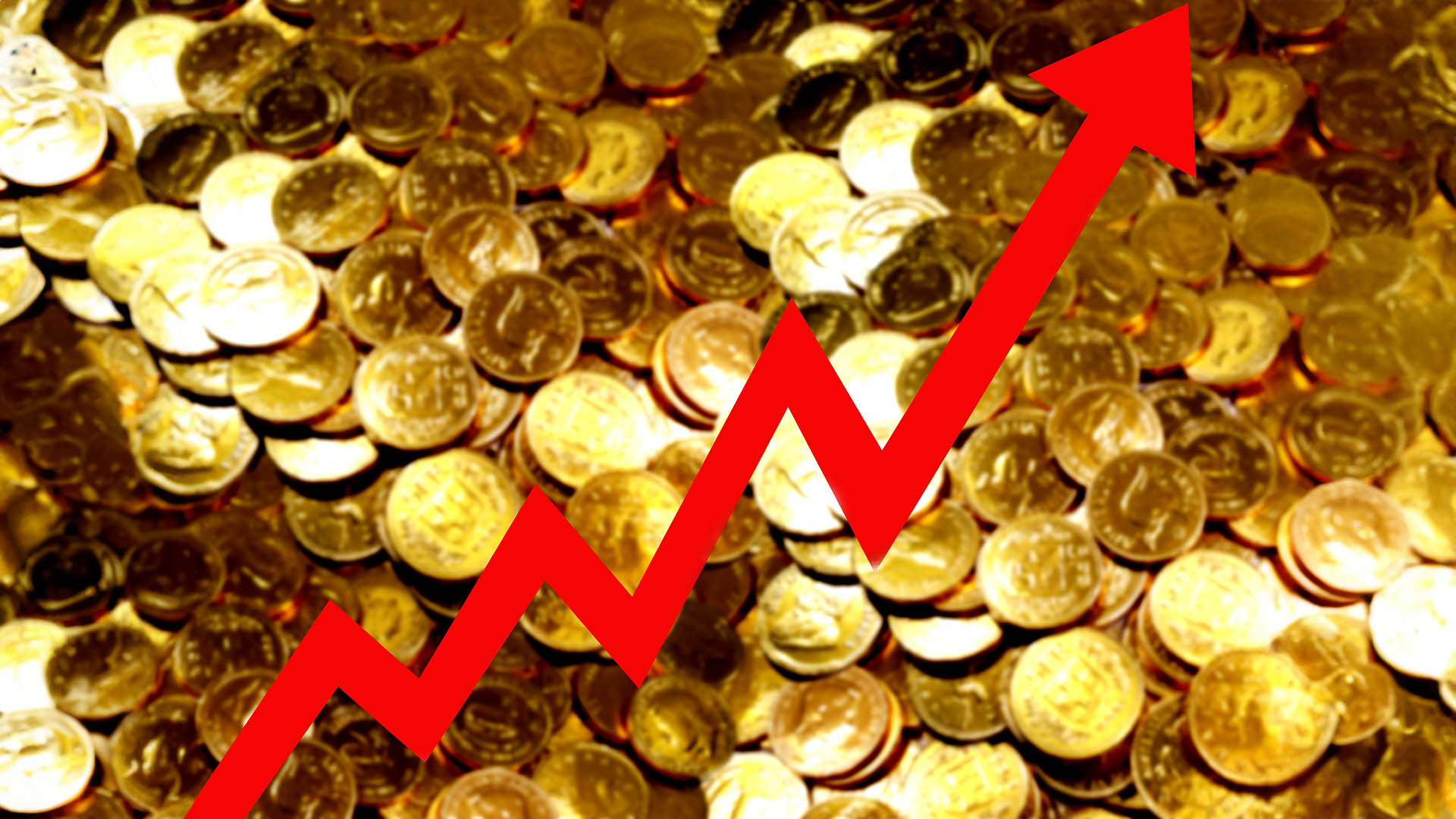Gold continued its upward trend, reaching new six-month highs, and some analysts are now forecasting that the precious metal could soon set a new all-time high if the current momentum persists.
The surge in gold prices was supported by a further decline in the US dollar and US bond yields.
In the latest trading, gold for February delivery was up $30 to $2,063.20 per ounce, marking its highest level since April. The Comex continuous price also rose by 1.5% to $2,042 per ounce at 7 am Sydney time on Wednesday. Comex silver followed suit, surpassing $25 per ounce.
The current peak for gold is $2,085 per ounce in the Comex nearby futures price, reached in May. Increasing numbers of US analysts believe that surpassing this level is now a very real possibility in the next month or so.
The outcome of the OPEC+ meeting on Thursday could provide further support for gold if a substantial production cut is agreed upon, as some media reports suggest. This development led to a more than 2% rise in US crude oil prices, exceeding $76.40 per barrel in the first positive session in five.
A weakening US dollar, with the ICE dollar index down 0.16 points to 102.79, its lowest level since early August, contributed to these gains. The Australian dollar maintained its earlier gains from this week, trading at around 66.47.
Despite the strength of the Australian dollar, the local currency price of gold, according to the World Gold Council, stood at $3,071 per ounce this morning.
Expectations of the Federal Reserve halting interest rate hikes, following a series of weaker-than-expected economic reports that indicated successful efforts to curb inflation, have caused the US dollar to decline. Statements by a Fed member on Tuesday and a surprise rise in US consumer confidence this month, after three months of declining confidence levels, reinforced this belief.
New York Fed President John Williams stated on Tuesday that longer-term inflation expectations have remained steady and encouraging. He welcomed the decrease in inflation pressures, as mentioned in a Bank for International Settlements report.
While not making any forecasts about the Fed's monetary policy in the report, Williams noted the encouraging trend of declining inflation and the central bank's ongoing commitment to achieving its 2% target.
Fed governor and FOMC member Christopher Waller also indicated that US economic momentum is slowing, which he finds encouraging. This contributed to a decrease in US treasury yields after an initial rise.
The yield on the key 10-year bond fell to 4.346%, down 4 points from being 10 points higher in early trading. Similarly, the yield on the closely tracked 2-year bond dropped 3 points to 4.72% after an initial 8-point increase in the session.













